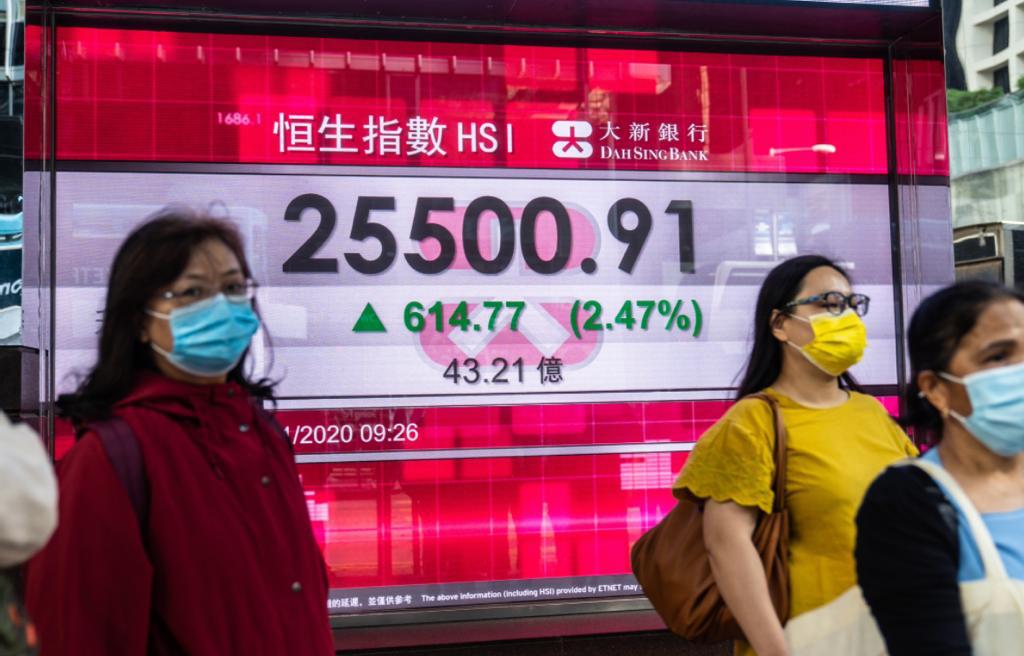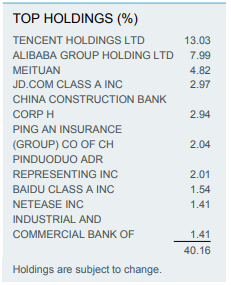Here’s Why Nobody Buys Asia-Focused ETFs

ETFs are a great way to invest. But if you’re looking to invest in Asia, they’re terrible.
Here are three reasons why - in a nutshell.
1. They're expensive
If you take a look at the top 10 Asia-focused ETFs (by AUM), only three of them have an annual expense ratio below 0.20% - the rest are in the range of 0.50%-0.75%.
When you think of something like Vanguard's VOO, which tracks the S&P 500 Index and has an annual expense ratio of just 0.03%, that's extremely pricey.

2. Over-concentrated.
No one likes concentration, especially in an ETF. But that’s exactly what a lot of Asia ETFs give you.
In the iShares MSCI China ETF (NYSE: MCHI), for example, you’ve got 40% exposure to just 10 stocks - many of which are in the tech sector. Meanwhile, in the iShares MSCI India ETF (NYSE: INDA), you've got 25% exposure to Financials.


3. Full of crap.
Many investors don’t realise this but a lot of Asian countries have government-owned entities that have stock market listings. These companies are usually inefficient, bloated and basically nothing you want to own outright.
Unfortunately, you will have to own them if you buy an Asian ETF. Some classic examples include Chinese banks and energy giants as well as Korean shipbuilders.
Yeah, so?
When investing in Asia, it’s actually best to take an active approach by either investing in Asia-focused mutual funds (if you're happy to pay the fees) or buy the stocks of individual companies that you believe can be winners.
It’s also one big reason why passive ETFs haven’t been a massive threat to active managers that have an Asia focus.
